Table of content
Insulin pumps are vital tools for people with diabetes, offering a way to manage blood sugar levels with greater precision and flexibility. These devices continuously deliver insulin throughout the day, mimicking the function of a healthy pancreas. However, with various types of insulin pumps available, choosing the right one can be overwhelming. This blog will guide you through the different types of insulin pumps, helping you make an informed decision for better diabetes management.
What is an Insulin Pump?
An insulin pump is a small, computerized device that delivers insulin to manage blood glucose levels. Unlike traditional insulin injections, which are administered multiple times a day, an insulin pump provides a continuous supply of insulin through a catheter placed under the skin. This system allows for more precise control over insulin delivery and can improve overall blood glucose management.
Types of Insulin Pumps
Insulin pumps generally fall into two main categories: traditional pumps and patch pumps. Let’s break down each type to help you understand their features and benefits.
Traditional Insulin Pumps
Traditional insulin pumps are compact devices typically worn on a belt or placed in a pocket. They are connected to the body via a thin tube (catheter) that delivers insulin through a small needle or cannula inserted under the skin. These pumps offer a range of features and customization options:
Continuous Basal Insulin Delivery:
Provides a steady stream of insulin throughout the day and night.
Bolus Doses:
Allows for additional insulin to be delivered at mealtimes or to correct high blood sugar levels.
Programmable Settings:
Offers various settings for basal rates and bolus doses, which can be adjusted based on individual needs.
Popular Models:
Medtronic MiniMed: Known for its integrated continuous glucose monitoring (CGM) system. The best seller products of Medtronic MiniMed are as follows
Tandem t X2:
Features a sleek design and compatibility with Dexcom CGM. The best-selling product of Tandem t: X2 is as follows
Pros:
- High level of customization for insulin delivery.
- Advanced features, including integration with CGM systems.
- Reliable and widely used with extensive support and resources.
Cons:
- Requires wearing a device on the body.
- Involves managing tubing and infusion sets.
Patch Insulin Pumps
Patch insulin pumps, also known as “wearable” or “disposable” pumps, are newer innovations that offer a more compact and discreet alternative to traditional pumps. These devices adhere directly to the skin and do not require external tubing.
Tubeless Design:
Eliminates the need for external tubing, making it more discreet and convenient.
Compact Size:
Smaller and lighter, often worn on the body like a patch.
Built-in Reservoir:
Contains insulin within the device, simplifying the setup and use.
Popular Models:
Omnipod: A popular tubeless insulin pump that uses a disposable pod for insulin delivery. The best-selling products of Omnipod are as follows
Pros:
- Tubeless design for greater convenience and discretion.
- Easy to use with fewer components to manage.
- Quick and straightforward insulin delivery adjustments.
Cons:
- Limited customization compared to traditional pumps.
- Requires periodic pod changes and may have higher upfront costs.
Choosing the Right Insulin Pump
Selecting the best insulin pump depends on several factors, including your lifestyle, preferences, and medical needs. Here are some considerations:
Lifestyle and Activity Level:
If you prefer a discreet option and engage in physical activities, a patch pump might be ideal. If you need more advanced features and customization, a traditional pump may be better.
Insurance and Costs:
Check with your insurance provider to understand coverage options and costs associated with different pumps.
Ease of Use:
Consider the learning curve and support available for each device. Some pumps offer more intuitive interfaces and user-friendly features.
Conclusion
Insulin pumps are powerful tools for managing diabetes, offering improved control and flexibility in insulin delivery. Whether you choose a traditional pump with advanced features or a patch pump for convenience and discretion, it’s important to select a device that aligns with your needs and lifestyle. Consulting with your healthcare provider can help you make the best choice for effective diabetes management and a better quality of life.
For more information and support, explore resources from pump manufacturers and diabetes organizations, and consider speaking with other users to gain insights into their experiences.







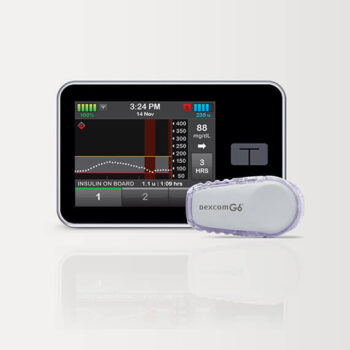
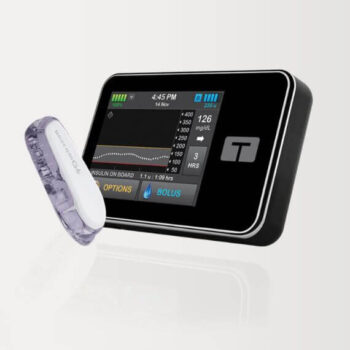
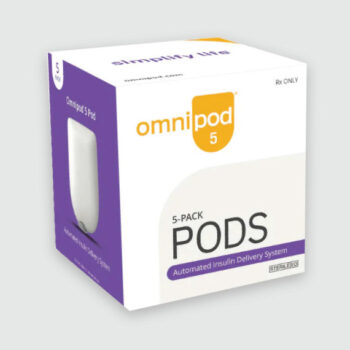
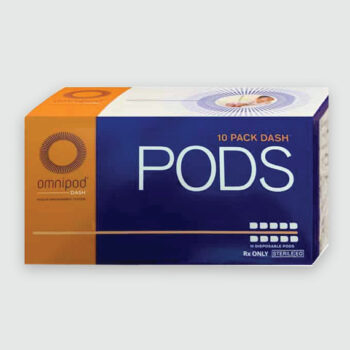






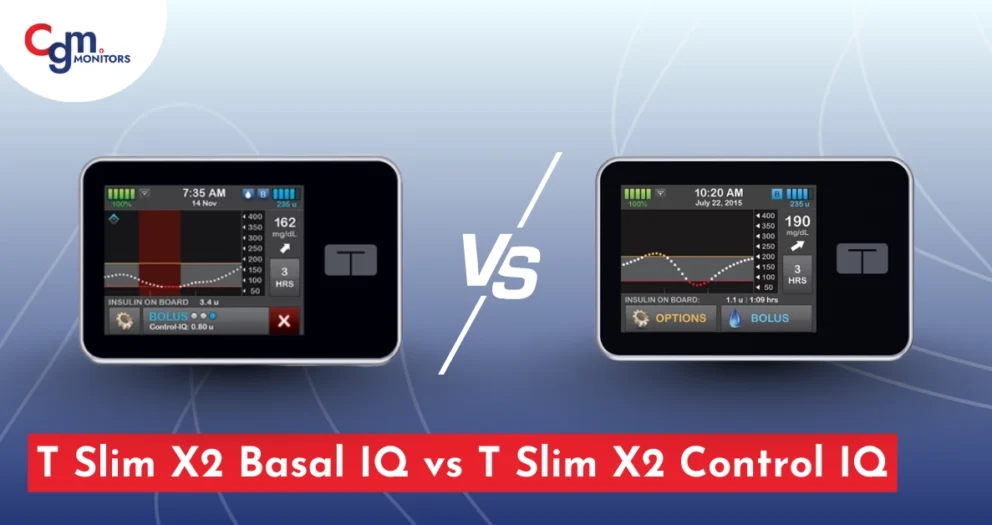

Write a comment
Your email address will not be published. All fields are required